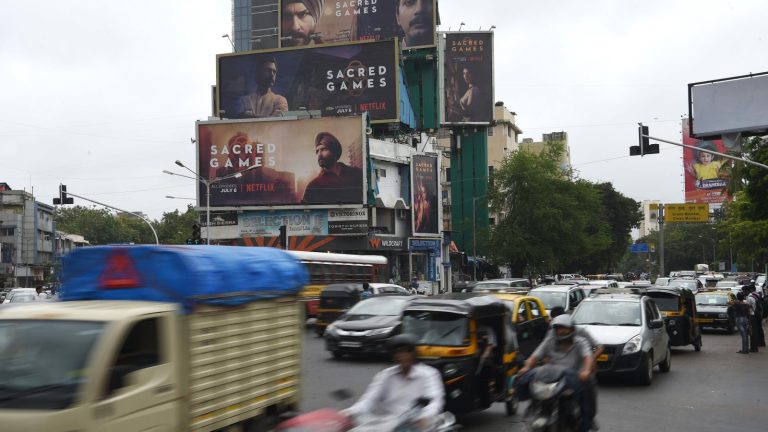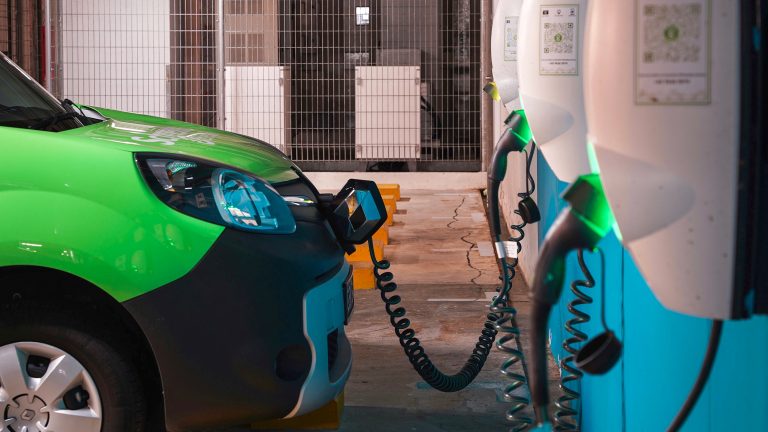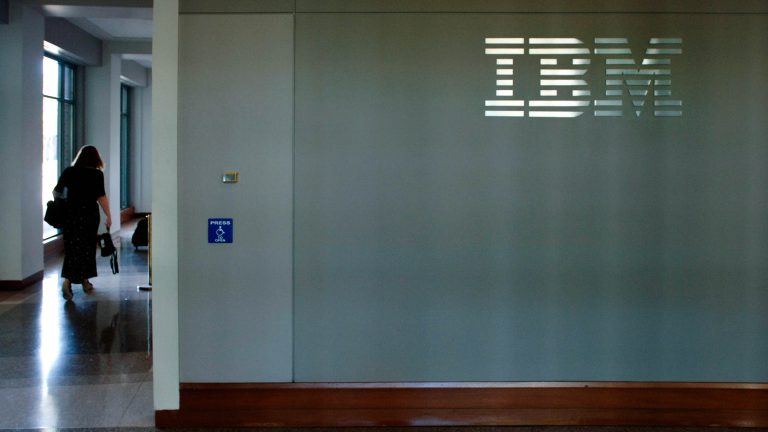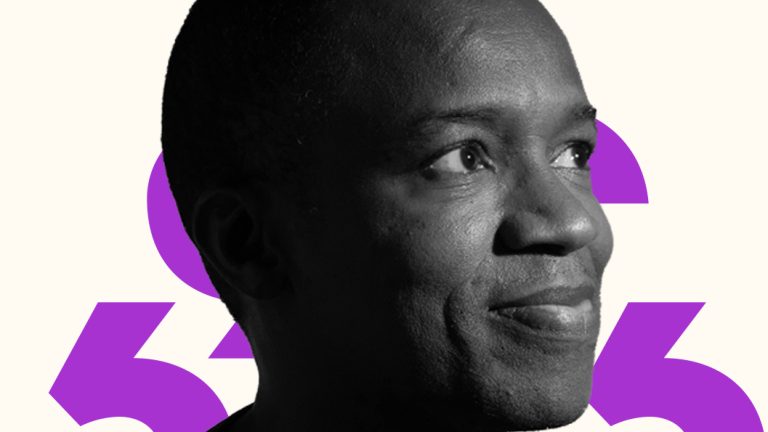At the end of February, as several global celebrities made their way to his son’s pre-wedding celebrations, India’s richest man, Mukesh Ambani, made a move that is likely to win him the country’s streaming market — where U.S. giants Netflix and Prime Video have been fiercely competing for years.
On February 28, Ambani’s conglomerate Reliance Industries and The Walt Disney Company announced a merger of their Indian television and internet streaming assets to form an entity valued at over $8.5 billion. The Reliance Group will hold a 63% stake in the new company, with Disney owning the rest.
The merger brings together 120 TV channels owned by the two conglomerates, as well as India’s two most popular streaming apps: Disney+ Hotstar and Reliance’s JioCinema.
Rest of World analyzed the streaming businesses of the Reliance-Disney entity across different parameters — including monthly active users, content libraries, and monthly subscription costs — and found it to be miles ahead of Netflix and Prime Video on several counts in India. In areas where the new venture currently lags, it is well-positioned to soon take over its two global rivals.
“Netflix cannot potentially scale up to the levels of [Disney’s] Hotstar or to the levels of [Reliance’s] JioCinema in terms of consumption, subscribers, watchtime — the reason for that is the variety of content, which is lacking,” Karan Taurani, senior vice president at investment banking firm Elara Capital, who researches media and entertainment, told Rest of World.
Disney+ Hotstar and JioCinema will together control around 31% of the streaming user base in India, according to data analytics platform Comscore. Netflix and Prime Video lag far behind with around 8% of the viewers each, Comscore said.
In the fourth quarter of 2023, Disney+ Hotstar had 333 million monthly active users in India, according to data from California-based market insights firm Sensor Tower, while JioCinema had 95 million users. Each platform’s user base was bigger than that of Netflix and Prime Video combined.
Together, Reliance and Disney promise “a broad portfolio of digital services and entertainment and sports content,” said Disney CEO Bob Iger, while announcing the deal.
JioCinema and Disney+ Hotstar currently have nearly equal numbers of movies and shows. Compared to Netflix’s Indian library, their combined movie and TV show collections are 73% and 45% bigger, respectively, according to data from streaming guide Reelgood. The new joint venture also features more than 30,000 licensed content assets from Disney.
Much of Disney+ Hotstar and JioCinema’s popularity can be attributed to their steady stream of sports content.
In 2023, JioCinema paid $2.8 billion to get exclusive digital rights for the Indian Premier League (IPL) cricket tournament — one of the most-viewed sporting events in India. The platform allowed users to view the tournament free of cost. Disney+ Hotstar owned the exclusive rights to stream IPL matches between 2018 and 2022.
“Driven by its streaming of regular season IPL matches in addition to a significant expansion of its content library, JioCinema experienced explosive user growth throughout 2023,” Abe Yousef, senior insights analyst at Sensor Tower, told Rest of World.
Meanwhile, Disney+ Hotstar had exclusive internet streaming rights in India for the Wimbledon tennis tournament, one of the most-viewed sporting events in the world.
Netflix isn’t known for streaming sports events — barring some sport-adjacent content like the popular documentary series Formula 1: Drive to Survive. As of late, however, the company has started hosting shows like The Netflix Slam featuring tennis legends Rafael Nadal and Carlos Alcaraz. It also announced a WWE partnership for 2025.
But Netflix’s push for sports might be a case of too little too late when it comes to India, where premium sporting content is already available across platforms, experts told Rest of World.
In India, Netflix ranks higher than its rivals on one parameter: the time users spend on the platform.
According to Data.ai’s analysis between December 2023 and February 2024, Netflix’s India users, on an average, spend 4 hours and 15 minutes on the mobile app — compared to 3 hours and 47 minutes for Disney+ Hotstar, and 2 hours and 46 minutes for JioCinema.
Netflix has invested over $360 million in India since 2019. Though its premium content initially won over niche audiences, the app has failed to have a mass appeal, Stefan Lederer, CEO and founder of Bitmovin, a startup providing video-streaming infrastructure to the BBC and the Grammys, told Rest of World.
“Netflix has publicly spoken about its long-term strategy for India and recognized its mistakes in terms of pricing and content for Indian audiences,” he said.
A primary reason for Netflix’s lack of mass appeal has been its pricing. The company’s most premium monthly plan is five times more expensive than JioCinema and Disney+ Hotstar’s subscriptions.
Reliance has earmarked a war chest of $1.4 billion for the new entity, and could use a portion of these funds to undercut competition on pricing — something the company has previously done in the telecom sector, Taurani said.
Between 2016 and 2017, Reliance offered free data for its telecommunications company Jio until it ran rivals dry. If the past is a precedent, Reliance’s free-for-all strategy should be expected in streaming, especially in a price-sensitive market, experts told Rest of World. “In the near term, there is going to be undercutting,” Taurani said.
Netflix and Prime Video are unlikely to let go of the Indian market without a fight because there is a great appetite for content in the country, Lederer said. “Ultimately, India is a highly attractive market for streamers due to it being the world's fastest-growing economy,” he said.
In February, Amazon announced plans to spend $840 million across e-commerce and streaming in India this year. This comes at a time when the company is scaling back its streaming operations in Africa and the Middle East. On March 20, Mike Hopkins, the head of Prime Video, said that India was key to the company’s goal of acquiring the “next 250 million subscribers” from outside the U.S.



